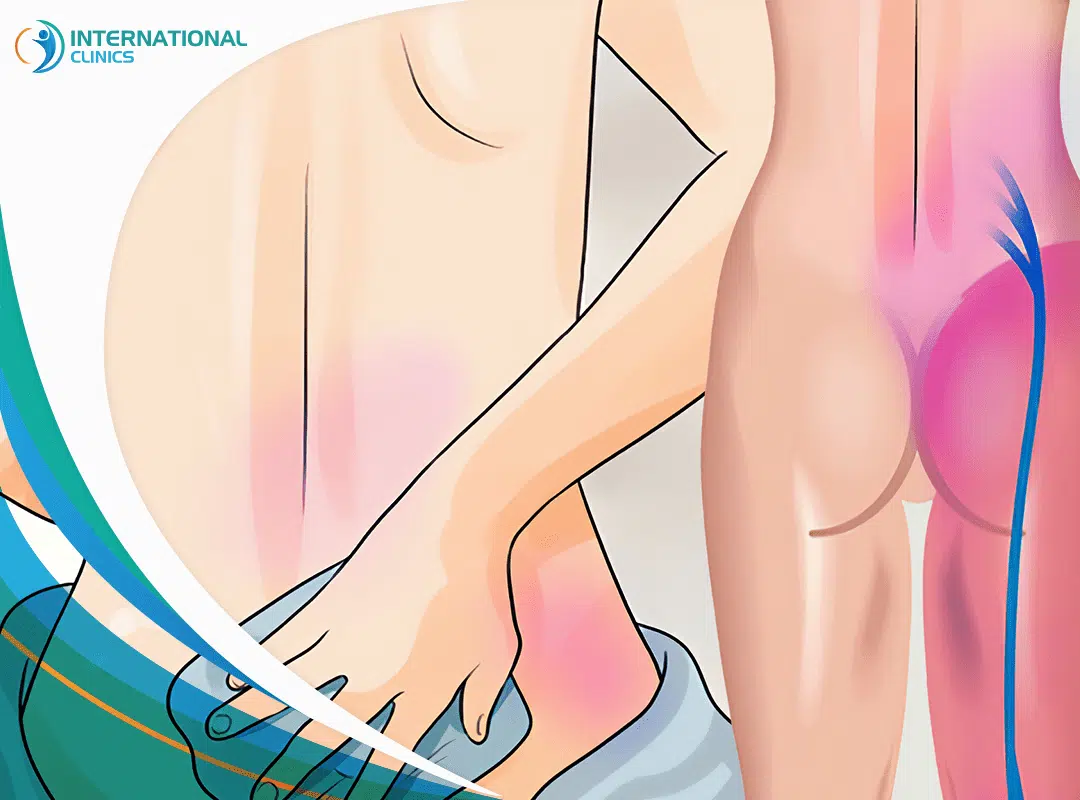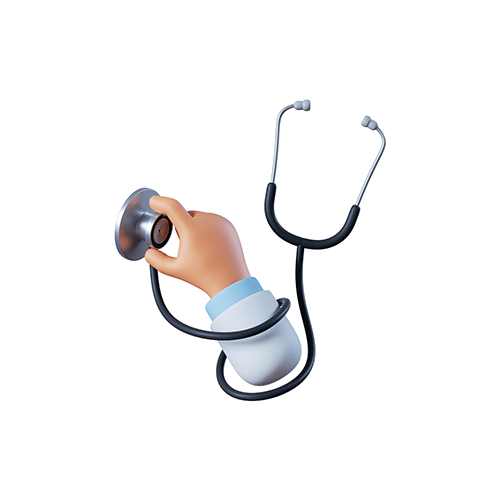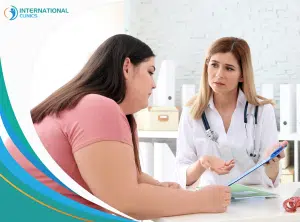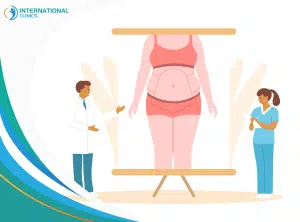Are you considering liposuction surgery to achieve your desired body shape? While liposuction is a popular cosmetic procedure, it’s essential to be aware of potential complications that may arise, such as nerve pain.
Don’t worry though – effective treatment options are available for managing this discomfort post-liposuction.
Nerve pain is a common complication that can occur after undergoing liposuction in Turkey. This discomfort can range from mild tingling sensations to sharp pains. Luckily, timely intervention can significantly improve the outcome of nerve pain treatment.
Treating nerve pain requires a multidisciplinary approach involving medical professionals and physical therapists who specialize in post-surgical rehabilitation.
We’ll provide valuable insights into how you can find relief and get back on track toward recovery. keep reading!
Causes of Nerve Damage After Liposuction
1- Surgical Trauma and Excessive Pressure on Nerves
During liposuction, nerve damage can occur as a result of surgical trauma or excessive pressure on the nerves. The nature of the procedure involves the insertion of cannulas to remove excess fat from targeted areas.
However, if these cannulas are not properly placed or if aggressive techniques are used, it can lead to unintended consequences such as nerve injury. The delicate network of nerves that lies beneath the skin can be easily damaged if not handled with care.
2- Increased Risk with Aggressive Techniques and Improper Cannula Placement
Aggressive techniques in liposuction involve forceful movements and excessive suctioning, which can put additional strain on the surrounding tissues and nerves.
This increased force increases the likelihood of nerve damage during the procedure. Similarly, improper cannula placement can also contribute to nerve injuries. If the cannula is inserted too deeply or at an incorrect angle, it may directly impact nearby nerves, causing damage.
3- Pre-existing Conditions Amplify Susceptibility to Nerve Damage
Individuals with pre-existing conditions like diabetes or peripheral neuropathy may be more susceptible to nerve damage during liposuction.
Diabetes affects blood circulation and nerve function, making nerves more vulnerable to injury. Peripheral neuropathy causes damage to peripheral nerves outside the brain and spinal cord, further increasing the risk of complications during surgery.
4- Importance of Surgeon’s Training and Experience
Inadequate training or lack of experience may contribute to higher rates of complications during surgery, including nerve injuries.
It is essential for patients considering liposuction to thoroughly research their chosen surgeon’s qualifications and expertise before proceeding with any procedure.
5- Preventive Measures through Awareness
Patients should be educated about the risks associated with aggressive techniques and improper cannula placement.
They should also be made aware of the increased vulnerability posed by pre-existing conditions. By understanding these factors, patients can make informed decisions and choose surgeons who prioritize patient safety and have a track record of successful outcomes.
6- Accurate Diagnosis for Identifying Specific Causes
In cases where nerve damage occurs after liposuction, accurate diagnosis becomes crucial in identifying the specific cause of the injury.
This allows for appropriate treatment and management strategies to be implemented. It may involve a comprehensive evaluation of the patient’s medical history, physical examination, and possibly imaging tests to determine the extent and location of nerve damage.
Get Your Free Consultation Now!
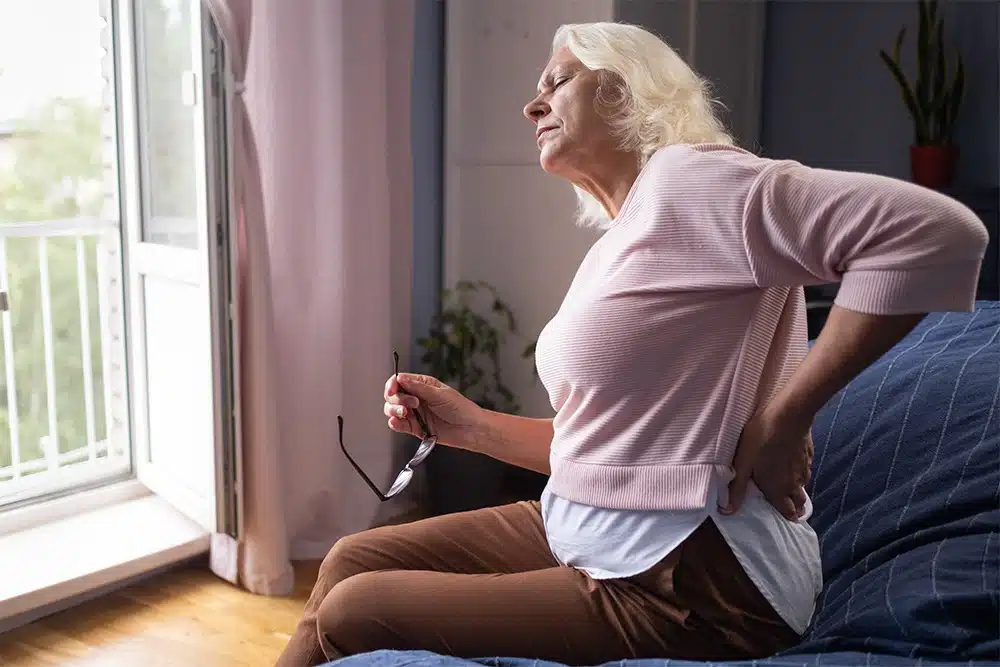
How to Treat Nerve Pain After Liposuction?
Nerve surgery is a specialized procedure aimed at repairing damaged nerves, restoring their function, and alleviating associated pain.
This surgical intervention can be particularly beneficial for individuals experiencing nerve pain after liposuction. Depending on the severity and location of the nerve injury, surgeons may perform various techniques such as neurolysis, neuroma excision, or neurectomy.
One common type of nerve surgery is neurolysis, which involves freeing the nerve from any surrounding scar tissue or adhesions that may be compressing it. By carefully removing these obstructions, surgeons can help restore normal nerve function and alleviate pain.
Another technique is neuroma excision, where surgeons remove an abnormal growth of nerve tissue known as a neuroma. This procedure aims to eliminate the source of pain caused by the neuroma and promote healing.
In more severe cases, a neurectomy may be necessary. This involves surgically removing a portion or all of the affected nerve to relieve chronic pain. While this procedure can provide significant relief in some cases, it also carries risks and potential side effects that need to be carefully considered.
To optimize outcomes and minimize complications during nerve surgeries, surgeons often employ advanced techniques like microsurgery.
Microsurgery involves using specialized instruments and magnification devices to perform delicate procedures with precision. The use of microsurgery allows surgeons to work on small nerves with greater accuracy while minimizing damage to surrounding tissues.

Physical Therapy & Rehabilitation
Physical therapy is a crucial component of the treatment plan for patients experiencing nerve pain after liposuction.
It plays a vital role in rehabilitating the affected areas and helping individuals regain their normal range of motion while reducing pain levels. Through targeted exercises and stretching routines, physical therapists can address specific muscle groups and promote healing.
One key benefit of physical therapy is its ability to improve range of motion. Nerve pain can often limit movement, causing stiffness and discomfort.
However, with the guidance of a skilled physical therapist, patients can gradually increase their flexibility and regain full functionality. By incorporating exercises that focus on hip flexions, such as leg lifts or gentle stretches, individuals can work towards restoring their body’s natural mobility.
In addition to exercise, various modalities may be utilized during physical therapy sessions to alleviate nerve pain symptoms. Ultrasound therapy involves using high-frequency sound waves to stimulate blood flow and promote tissue healing.
Electrical stimulation is another technique that uses low-level electrical currents to target nerves directly and reduce pain signals. Heat therapy, which involves applying warmth to the affected area, can also provide relief by increasing blood circulation and relaxing tense muscles.
By teaching patients how to maintain good posture throughout daily activities or recommending ergonomic changes in their work environment, physical therapists play a vital role in preventing recurrent nerve pain.
Patients must actively participate in their rehabilitation journey by attending regular therapy sessions and diligently following the recommended exercises at home.
Alternative & Complementary Approaches
Additional Relief with Complementary Therapies
One option to consider is acupuncture, a traditional Chinese medicine practice that involves inserting thin needles into specific points on the body. Acupuncture has been known to stimulate the release of endorphins, which are natural pain-relieving chemicals in the body.
By targeting these specific points, acupuncture may help alleviate nerve pain and promote healing in the affected areas. It is important to consult with a licensed acupuncturist who has experience treating post-operative conditions.
Chiropractic care is another complementary therapy worth exploring. Chiropractors use manual manipulation techniques to adjust the spine and other joints in the body.
This approach aims to improve alignment and restore proper function, potentially reducing nerve irritation and alleviating associated pain. If you decide to try chiropractic care, make sure to choose a reputable practitioner who specializes in post-operative care.
Herbal Remedies and Supplements
In addition to complementary therapies, certain herbal remedies or supplements may have potential benefits in managing neuropathic pain after liposuction.
One such supplement is alpha-lipoic acid (ALA). ALA is an antioxidant that can help protect nerves from damage caused by oxidative stress. Some studies suggest that ALA supplementation may reduce neuropathic pain symptoms by improving nerve function.
Before incorporating any herbal remedies or supplements into your treatment plan, it’s crucial to consult with your healthcare professional. They will be able to provide personalized advice based on your specific situation and ensure there are no potential interactions with other medications you may be taking.
Mind-Body Techniques for Stress Reduction
Managing stress during the recovery process can play a significant role in alleviating nerve pain after liposuction. Mind-body techniques such as meditation, deep breathing exercises, and yoga can help reduce stress levels and improve overall well-being.
Meditation involves focusing your attention and eliminating the stream of thoughts that may be causing stress or anxiety. By practicing mindfulness, you can redirect your attention away from pain signals, promoting relaxation and potentially reducing nerve pain perception.
Deep breathing exercises are another effective way to manage stress. By taking slow, deep breaths and focusing on your breath, you activate the body’s relaxation response. This can help lower heart rate, blood pressure, and cortisol levels – all of which contribute to a sense of calmness and reduced stress.
Yoga combines physical postures with controlled breathing techniques and meditation. It promotes flexibility, strength, balance, and relaxation. Engaging in gentle yoga poses specifically designed for post-operative recovery can help relieve muscle tension, improve circulation, and enhance overall well-being.
Integrating Complementary Approaches
When considering alternative approaches for treating nerve pain after liposuction, it is essential to integrate them alongside conventional treatments rather than replacing them entirely.
Combining complementary therapies with standard medical care can enhance pain management strategies by addressing different aspects of the healing process.
However, it is crucial to keep in mind that not all alternative approaches may be suitable for everyone or have scientific evidence supporting their effectiveness.
Consulting with healthcare professionals who are knowledgeable about these therapies will ensure that you receive appropriate guidance tailored to your specific needs.
Effectiveness of nerve surgery in alleviating pain
The effectiveness may vary depending on several factors. One crucial aspect that influences the outcome of nerve surgery is the location of the nerve injury.
Different nerves within the body can be affected during liposuction, such as the sciatic nerve or the peroneal nerve. The success of surgical intervention largely depends on identifying and addressing these specific areas of damage.
Furthermore, the overall health of the patient plays a vital role in determining the effectiveness of nerve surgery.
Factors like age, underlying medical conditions, and lifestyle habits can impact how well an individual responds to surgical treatment. It is essential for healthcare providers to consider these variables when assessing whether nerve surgery is an appropriate option for pain relief after liposuction.
Self-Care Strategies for Nerve Pain Relief
Applying Cold Packs or Warm Compresses
These simple remedies can provide temporary relief from the uncomfortable symptoms you may be experiencing. Cold packs work by numbing the affected area and reducing inflammation, while warm compresses help to relax muscles and improve blood circulation.
To apply a cold pack, wrap an ice pack or a bag of frozen peas in a thin towel and gently place it on the painful area for about 15 minutes at a time. Repeat this process several times throughout the day as needed.
On the other hand, if you prefer warm compresses, soak a washcloth in warm water (not too hot) and apply it to the affected area for 10-15 minutes. You can repeat this process multiple times daily to alleviate your nerve pain.
Engaging in Low-Impact Exercises
Low-impact exercises can work wonders for your recovery journey. Activities like swimming or walking are excellent choices as they promote blood flow without putting excessive strain on your body. By improving blood circulation, these exercises help reduce inflammation and promote healing.
Swimming provides both cardiovascular exercise and gentle resistance that strengthens muscles without causing additional stress on your nerves. Walking is accessible to most people and can easily be incorporated into your daily routine. Start with short walks and gradually increase the duration as tolerated.
Maintaining a Healthy Lifestyle
A balanced diet rich in nutrients will support your body’s natural healing process. Include plenty of fruits, vegetables, whole grains, lean proteins, and healthy fats in your meals.
Regular exercise, beyond low-impact activities, can contribute to pain management. It releases endorphins, which are natural painkillers produced by the body. Exercise helps strengthen muscles and improve flexibility, reducing the strain on nerves during movement.
Adequate sleep plays a crucial role in recovery. During sleep, the body repairs damaged tissues and replenishes energy levels. Aim for 7-9 hours of quality sleep each night to support your healing process.
Avoiding Activities That Exacerbate Pain
Listen to your body’s signals and take breaks when needed. If certain movements or positions worsen your symptoms, modify them or avoid them altogether until you have fully healed. Be patient with yourself as you navigate this healing process and prioritize self-care above all else.
Post-operative instructions for managing nerve pain
| Proper wound care | Your surgeon will provide specific instructions on how to care for your incision site, including information on cleaning techniques, dressing changes, and any necessary medications or ointments to apply. |
| Pain management with medication | Your surgeon may prescribe pain medications such as analgesics or anti-inflammatory drugs. These medications work by reducing inflammation and blocking pain signals from reaching your brain. |
| Activity restrictions for healing | Your surgeon will provide specific guidelines regarding limitations on physical activities such as exercising, lifting heavy objects, or participating in strenuous activities that could potentially aggravate the affected nerves. |
| Scheduled follow-up appointments | Surgeons will assess how well you are managing nerve pain and evaluate your healing process. By closely monitoring your recovery, any potential issues or complications can be identified early on, allowing for prompt intervention and appropriate adjustments to your post-operative care. |
| Reporting concerning symptoms promptly | It’s important to promptly report any concerning symptoms or changes in pain intensity to your healthcare professionals. This includes symptoms such as increased swelling, excessive redness, persistent numbness or tingling, or severe pain that does not respond to prescribed medications. |
Speak with Certified-Board Surgeons!
Recovery process for nerve damage after liposuction
Nerve damage can occur as a potential side effect of liposuction, and the recovery process for such damage can vary depending on individual factors such as age, overall health, and the severity of the injury. While nerves have the ability to regenerate over time, complete restoration may not always be possible.
Rehabilitative therapies like physical therapy or occupational therapy focus on strengthening muscles, improving coordination, and enhancing mobility.
Physical therapists often utilize techniques such as stretching exercises, massage therapy, and electrical stimulation to promote nerve healing and restore normal movement patterns.
Patience is key during the recovery process as significant improvements may take several months or longer to notice. Nerve regeneration is a gradual process that requires time for new nerve fibers to grow and establish connections with target tissues.
Addressing burning sensations and discomfort
Experiencing burning sensations after liposuction can be quite uncomfortable and may indicate nerve damage.
Medications for relief
One approach to managing burning sensations is through the use of medications that target nerve pain. Healthcare providers may prescribe anticonvulsants or antidepressants, which have been found to help alleviate the burning sensation caused by damaged nerves.
These medications work by modulating the way nerves transmit pain signals, providing relief from the discomfort experienced post-liposuction.
Topical creams and gels for temporary relief
In addition to medication, applying topical creams or gels specifically formulated for neuropathic pain relief can provide temporary relief from discomfort.
These products often contain ingredients such as lidocaine or capsaicin, which help numb the affected area and reduce the intensity of burning sensations. When applied directly to the skin overlying the incisions or areas experiencing nerve pain, these creams can offer localized relief.
Minimizing pressure on affected areas
Wearing a compression garment is commonly recommended after liposuction surgery to minimize swelling and promote healing. However, if you are experiencing burning sensations or discomfort in specific areas such as the buttocks or upper thighs, it may be beneficial to adjust how you wear your compression garment.
Identifying triggers and collaborating with healthcare providers
It is important to communicate any changes in sensation or discomfort experienced after liposuction to your healthcare provider promptly. By discussing your symptoms and experiences, healthcare professionals can provide personalized recommendations to address the issue.
Importance of timely treatment for nerve pain
Timely intervention prevents complications and improves long-term outcomes. Acting quickly can make all the difference. Early diagnosis allows healthcare professionals to initiate appropriate treatment strategies promptly, increasing the chances of successful recovery.
If you have recently undergone liposuction and begin experiencing unusual sensations such as tingling, numbness, or shooting pains in the treated area, do not hesitate to reach out to your healthcare provider immediately.
Conclusion
Nerve pain after liposuction can be a challenging aspect of the recovery process and one of the factors that can lead to increasing liposuction cost in Turkey.
Implementing self-care strategies like heat and cold therapy, rest and relaxation, and maintaining a healthy lifestyle can contribute to the overall healing process. It is crucial to remember that everyone’s experience with nerve pain after liposuction may vary, and personalized care is essential for optimal results.
You can schedule a confidential appointment for a consultation at International Clinics, where you can openly discuss your concerns and ask any questions. The professional staff makes you feel comfortable, assuring you that they were there to support you throughout the entire experience.
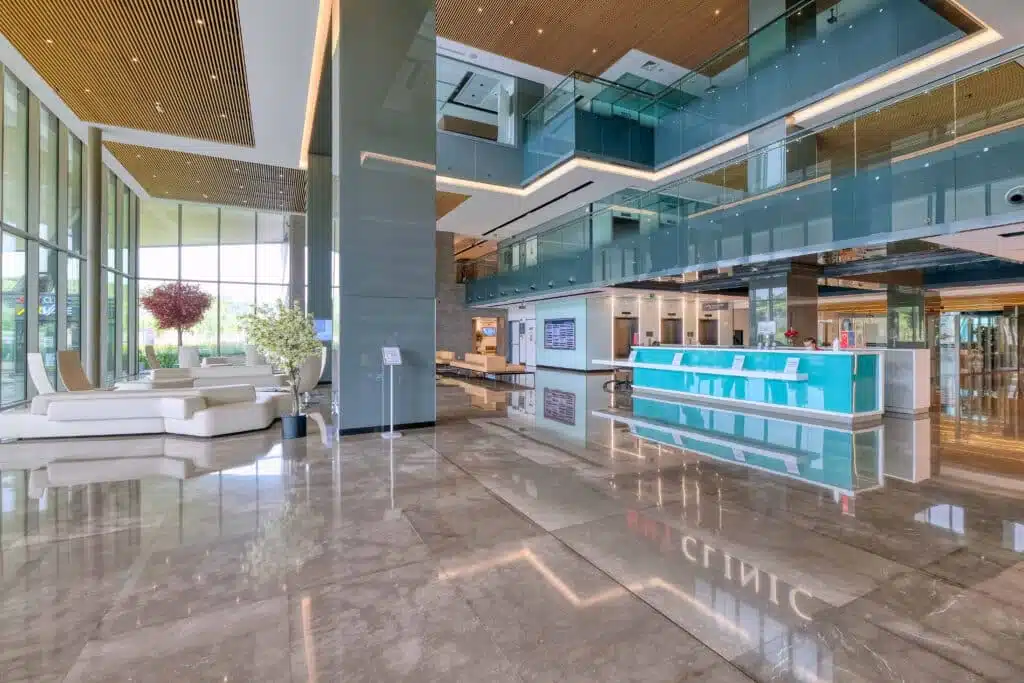
FAQs
The recovery time for nerve damage after liposuction varies depending on the severity of the injury and individual factors. It can range from several weeks to several months. Following post-operative instructions and engaging in appropriate therapies can help speed up the recovery process.
Alternative therapies such as acupuncture have shown promise in managing nerve pain after liposuction for some individuals. While their effectiveness may vary, it’s worth exploring under the guidance of a qualified healthcare professional who specializes in these treatments.
Additional surgeries may be necessary in some cases of severe or persistent nerve damage after liposuction. However, each situation is unique, so it’s essential to consult with your healthcare provider to determine the most appropriate course of action for your specific condition.
During your recovery period, adopting healthy lifestyle habits can support your overall healing process. This includes maintaining a balanced diet, engaging in regular exercise (as recommended by your healthcare provider), managing stress levels, and getting adequate rest.
If you experience persistent or worsening symptoms suggestive of nerve damage after liposuction, it’s crucial to seek medical attention promptly. Early intervention can help prevent further complications and improve your chances of a successful recovery.
